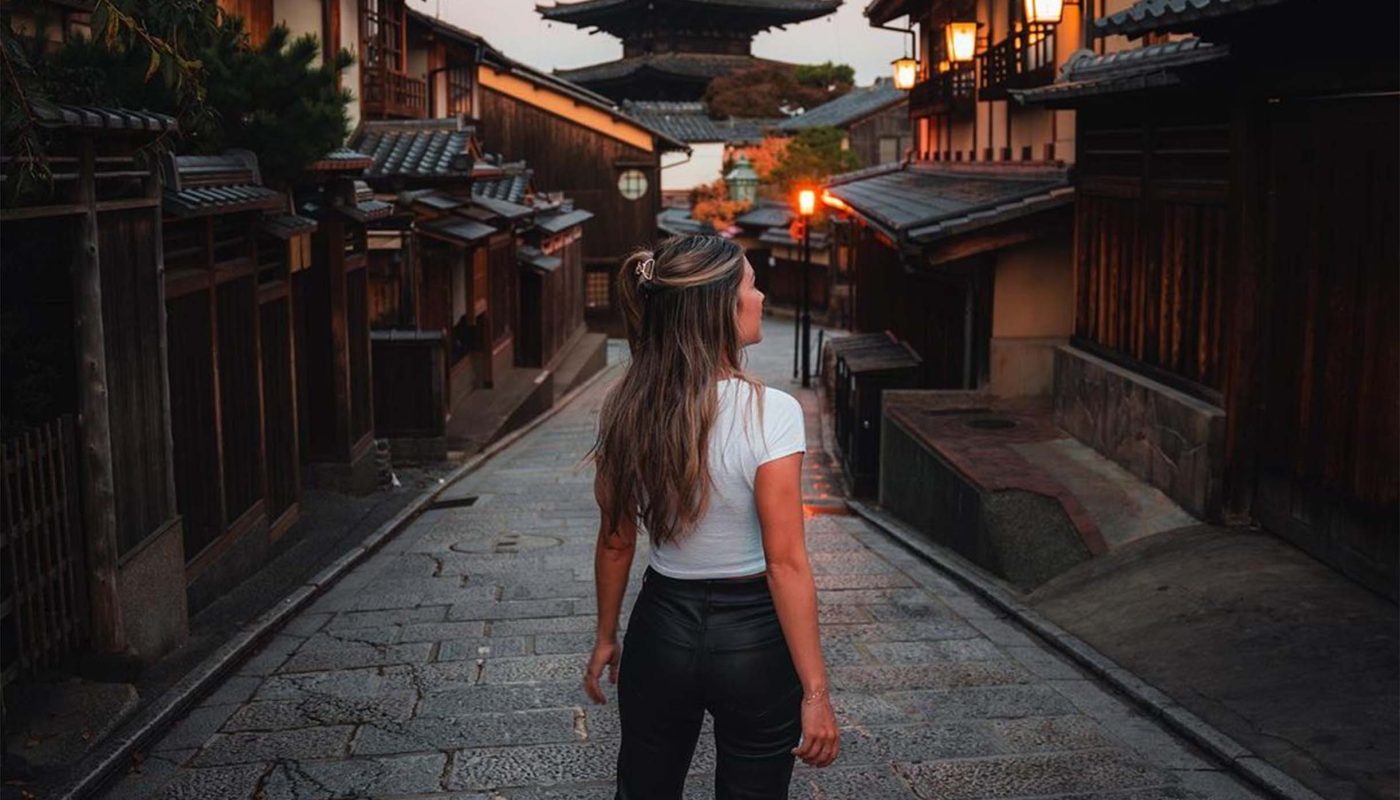I have an insatiable curiosity for diverse cultures, my journey to Japan was not merely a geographical adventure; it was a plunge into a realm where every gesture, every silence, and every meal carried the weight of centuries-old customs and traditions. Beyond the cherry blossoms and neon-lit streets, I found myself immersed in a rich tapestry of Japanese cultural etiquette. This comprehensive narrative aims to unfold five profound insights into the intricacies that lie beyond the surface, offering readers a deeply immersive exploration into the heart of Japan.have
Mastering the Art of Bowing: A Gesture Beyond Words
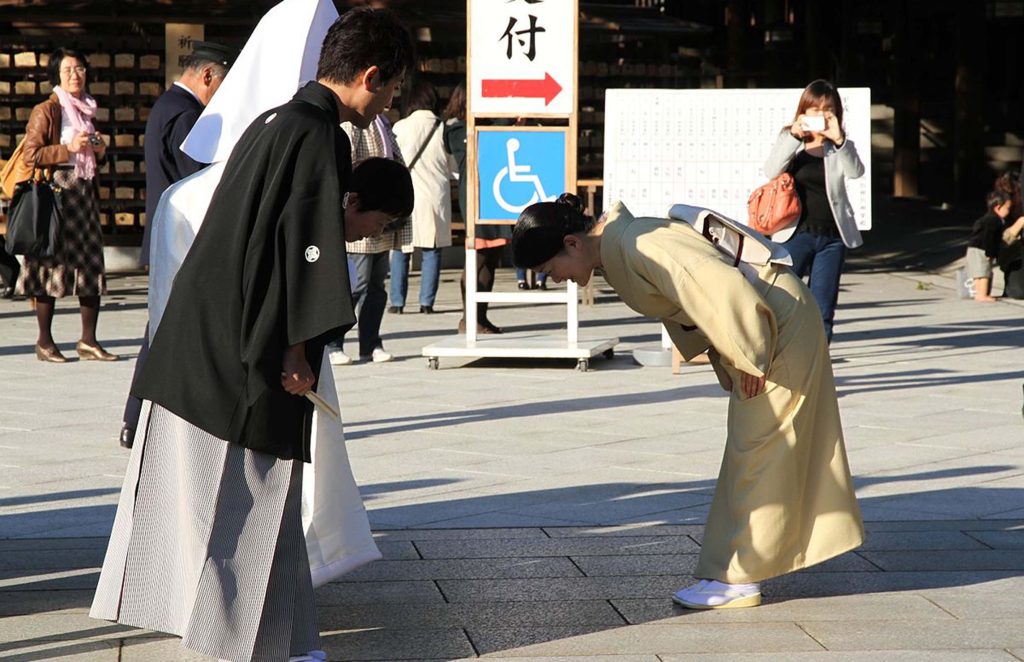
The art of bowing in Japan is a nuanced practice, an unspoken language that transcends mere politeness. From the slight incline of the head in casual encounters to the deep bow expressing profound respect, mastering this art became my initiation into the cultural landscape. Observing the locals in various settings—from the lively markets of Osaka to the contemplative temples of Nara—I began to decipher the subtle nuances of bowing, realizing that it was not just a customary act but a reflection of the relationship dynamics at play.
My journey into the world of bows led me to traditional ryokans, where the exchange of bows between guests and staff felt like a choreographed dance, a ritualized expression of gratitude and respect. The meticulousness of each bow reflected a deep understanding of social hierarchies and the significance of interpersonal connections in Japanese society.
The exploration of bowing etiquette extended to unexpected encounters, such as the bow of gratitude from a street vendor after purchasing a traditional snack or the modest nod from a fellow commuter on a crowded train. These seemingly ordinary moments became windows into the cultural soul of Japan, where the language of bows is as diverse as the landscapes that define the archipelago.
Tip: In casual encounters, a slight bow is appropriate, while a deeper bow signifies profound respect. Observe the locals and let the context guide your bow.
Footwear Etiquette: Navigating the Dance of Shoes
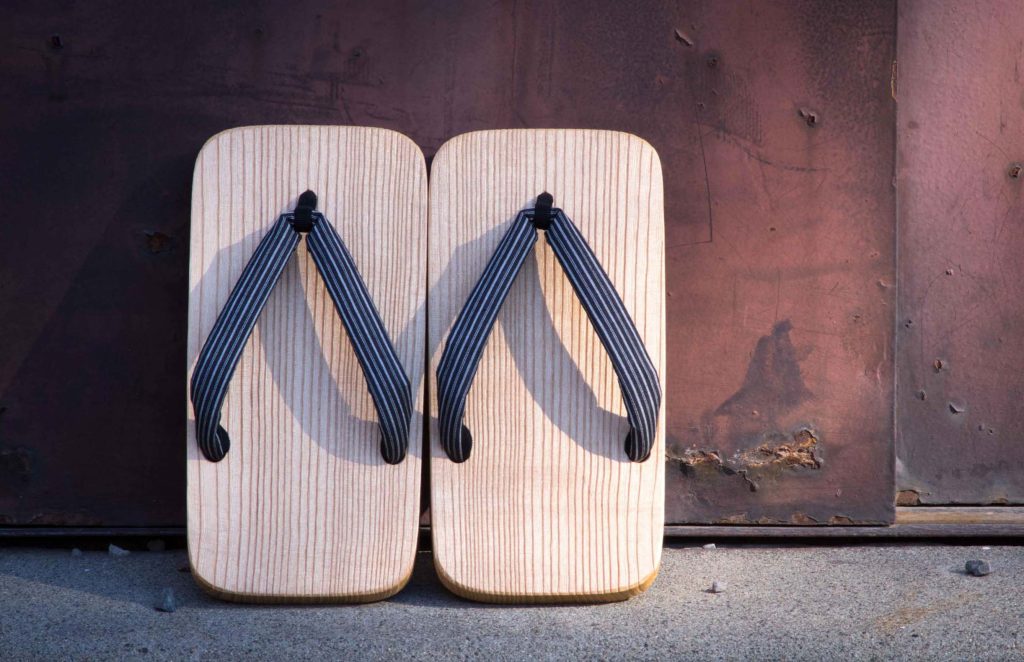
Stepping into a traditional Japanese home or a revered temple involves more than just the physical act of crossing a threshold; it requires an understanding of the intricate dance of footwear etiquette. The removal of shoes and the transition to indoor slippers became a daily ritual, a dance I initially stumbled through, both figuratively and literally.
My journey through this aspect of Japanese etiquette took me to a tea ceremony in Kyoto, where the delicate rustling of kimono-clad feet adorned in tabi socks echoed through the serene tatami room. The precision with which guests seamlessly shifted from outdoor shoes to indoor slippers was a testament to the deeply ingrained nature of this custom. Even the transition to toilet slippers in certain traditional establishments added a layer of complexity to the footwear ballet.
In this section, I will delve into the cultural significance of footwear etiquette, exploring the historical roots that connect it to purity and respect. Personal anecdotes will recount moments of triumph and embarrassment as I navigated the sometimes-confounding array of footwear transitions, shedding light on the importance of this seemingly simple yet culturally profound practice.
Tip: Practice the art of sliding in and out of slippers with finesse, and always ensure your socks are presentable; they might just make an unexpected appearance!
Silence Speaks Volumes: Embracing Tranquility in a Bustling World
In the midst of the vibrant chaos of Tokyo and the serene stillness of traditional gardens, I discovered the profound beauty of silence in Japanese culture. The unspoken communication through shared tranquility fascinated me, challenging the Western notion that conversation is the only means of connection.
My journey into the realm of Japanese silence unfolded during a train journey from bustling Osaka to the historic city of Hiroshima. As the landscape shifted from urban sprawl to rural tranquility, conversations among passengers gradually subsided. The shared gaze out of the window, the rustle of a newspaper, and the rhythmic hum of the train became a symphony of silence. Attempts to initiate conversation were met with polite smiles, indicating not a reluctance to engage but a mutual appreciation for the quiet journey.
In this section, I will explore the cultural significance of silence in Japan, tracing its origins to Zen philosophy and its integration into everyday life. Personal narratives will bring to life moments of shared quietude, such as a contemplative stroll through the moss-covered grounds of a Kyoto temple or a shared glance with a stranger during a peaceful boat ride in Matsushima Bay.
Tip: Embrace the tranquility and savor the unspoken moments; sometimes, they create the most profound connections.
Gift-Giving Grace: The Art of Humility and Gratitude
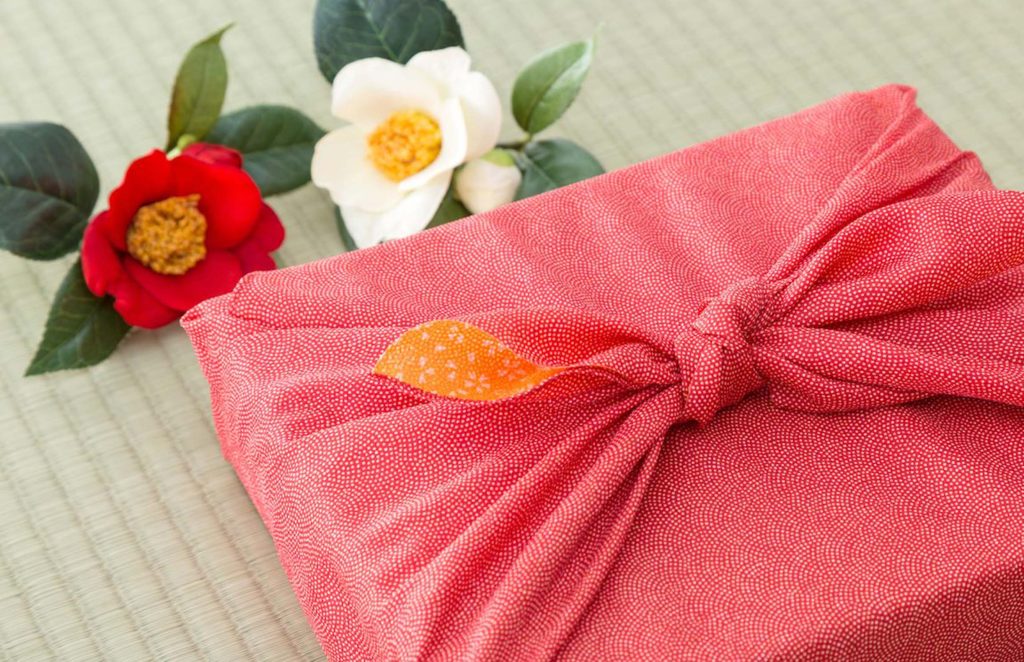
The exchange of gifts in Japan is a cultural dance of humility, gratitude, and meticulous presentation. The act of giving extends beyond the material value of the gift; it is a symbolic expression of thoughtfulness and appreciation. My initiation into this art unfolded during a visit to a traditional pottery studio in Mashiko, where I was presented with a handcrafted teacup as a token of hospitality.
In this section, I will delve into the cultural nuances of gift-giving in Japan, exploring the symbolism behind different types of gifts and the art of presenting them with grace. Personal stories will narrate the journey from the nervous anticipation of presenting my first gift to the genuine surprise and gratitude that followed. Whether participating in a tea ceremony, attending a festival, or sharing a meal, the exchange of gifts became a profound aspect of building connections.
The exploration will also touch upon the concept of omiyage, or souvenirs, and the cultural expectations tied to this practice. The act of selecting and presenting omiyage became a joyful ritual, a way to express gratitude for hospitality received and to share a piece of one’s travels.
Tip: When presenting a gift, offer it with both hands and a slight bow. Remember, it’s the thought and effort that count more than the value of the gift itself.
Dining Etiquette Delicacies: A Feast for the Senses
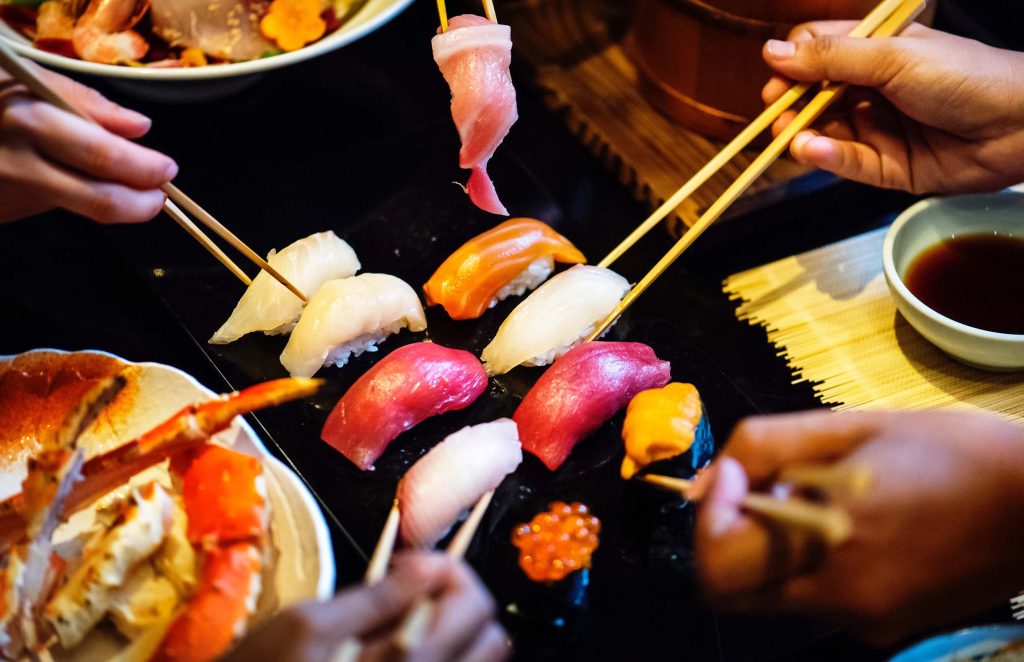
Japanese cuisine is not just about satiating hunger; it is a multisensory experience that blends flavors, textures, and artistry. Navigating the dining etiquette landscape was like embarking on a culinary journey, each meal a celebration of seasonality and cultural intricacies.
In this section, I will take readers through the intricacies of Japanese dining etiquette, starting with the fundamental art of using chopsticks. From the initial struggle to grasp the slender sticks to the eventual proficiency gained through patient practice, the journey with chopsticks was a microcosm of my broader experience with Japanese culture.
A highlight of my culinary exploration was a traditional kaiseki dinner in Kyoto, where each course was a masterpiece that unfolded like a visual and gastronomic symphony. The art of savoring each dish, appreciating the seasonal ingredients, and expressing gratitude to the chef became an immersive experience in cultural appreciation.
This section will also touch upon the ritualized aspects of dining, such as the cultural significance of a tea ceremony, the etiquette of communal dining in izakayas, and the appreciation expressed by saying “Gochisousama deshita” at the end of a meal. Personal anecdotes will vividly recount moments of culinary discovery, from the bustling markets of Tsukiji to the intimate settings of a traditional ryotei.
Tip: Familiarize yourself with basic chopstick etiquette, such as not sticking them upright in rice, and express gratitude for the culinary experience by saying “Gochisousama deshita” at the end of the meal.
Transformative Insights and Lasting Impressions
In the heart of Japan’s cultural landscape, I discovered that beyond the vibrant festivals and ancient traditions, it is the subtle nuances of etiquette that weave the social fabric. Embracing these customs not only enhanced my travel experience but also forged meaningful connections with the warm-hearted people I encountered. As I bid farewell to the Land of the Rising Sun, I carried with me not just memories of breathtaking landscapes but a profound appreciation for the artistry of Japanese cultural etiquette—insights that transformed my journey into an unforgettable odyssey.
This detailed exploration of Japanese cultural etiquette is more than a guide; it’s a personal narrative that seeks to provide readers with a comprehensive understanding of the intricacies that shape social interactions in Japan. Through the lens of my own experiences, I’ve endeavored to demystify the often subtle and complex world of Japanese customs, allowing travelers to engage with the culture in a respectful and immersive manner.
Whether you are a seasoned Japan enthusiast or a first-time visitor, this journey into the heart of Japanese etiquette promises to enrich your travel experience and leave you with a deep appreciation for the cultural tapestry that makes Japan a truly unique destination. As you embark on your own odyssey into the Land of the Rising Sun, may these insights serve as a guide, a companion, and an invitation to delve into the layers of Japanese culture that extend far beyond the surface.
